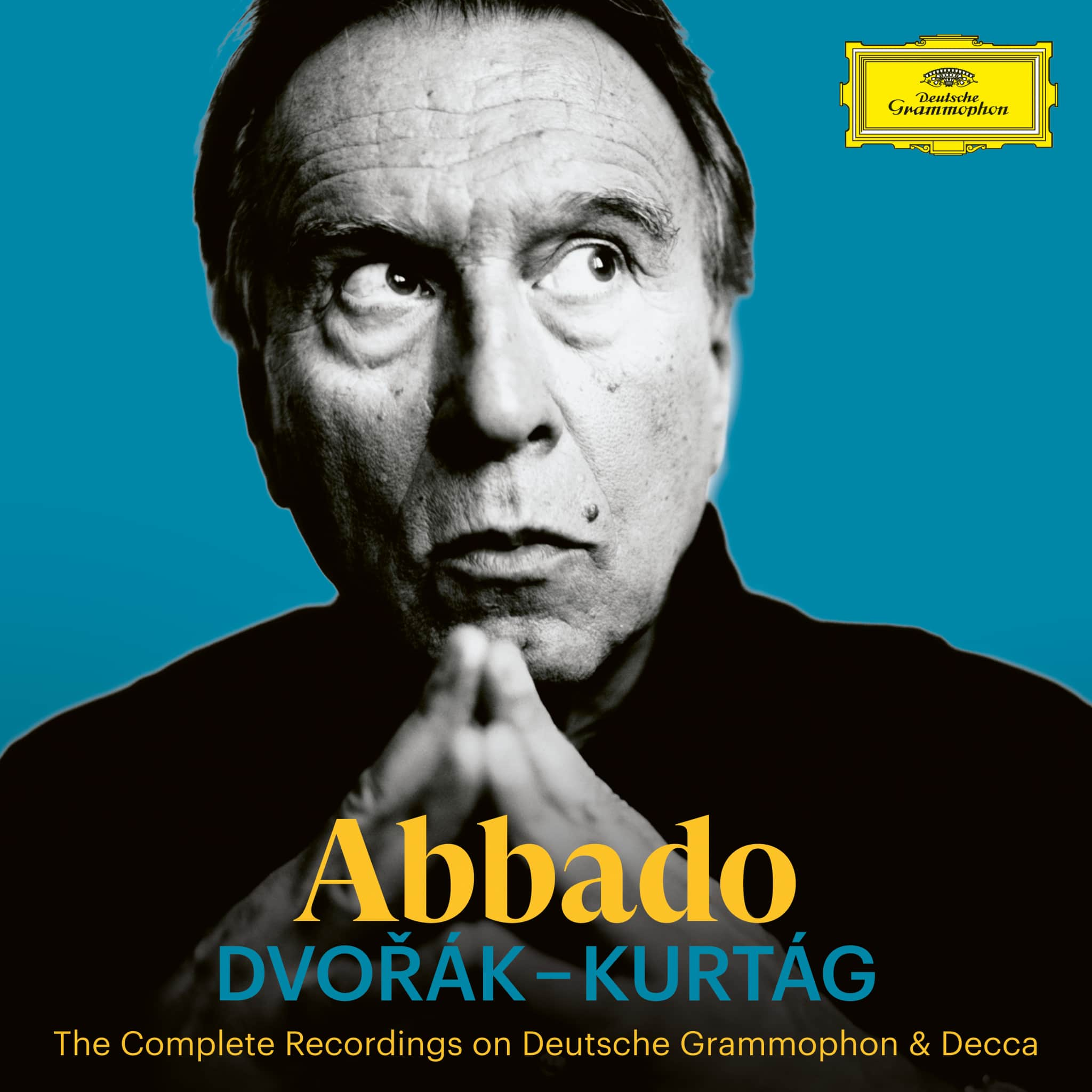コンサートとオペラ
アルバム
関連コンテンツ
詳しく見るパウル・ヒンデミット

パウル・ヒンデミット(* 1895年11月16日 ハーナウ; † 1963年12月28日 フランクフルト・アム・マイン)が20世紀を代表する作曲家の一人となるまでの道のりは複雑で、音楽史に数多くの明確な足跡を残しました。彼はドナウエッシンゲン音楽祭の創始者の一人であり、1920年代のベルリン文化シーンにおける革命家の一人でもありました。トルコ政府の依頼を受けて同国の音楽生活の組織化に大きく貢献し、イェール大学の教授として若い同僚たちを育成しました。ヒンデミット自身はフランクフルト・アム・マインでアルノルト・メンデルスゾーンに作曲を、アドルフ・レブナーにヴァイオリンを師事し、1915年から1923年まで(兵役中断期間あり)フランクフルト歌劇場のコンサートマスターを務め、1922年からはアマール弦楽四重奏団のヴィオラ奏者、1927年からはベルリン音楽大学の作曲科教授となりました。ナチスによって排斥された後、1938年にスイスへ、2年後にはアメリカへ移住し、1940年から1953年までイェール大学で教鞭を執りました。1951年からは散発的にチューリッヒに戻り、1953年にはヴォー州ブロネに定住しました。彼は亡くなるまで作曲家、指揮者として活動を続けました。
パウル・ヒンデミットは慣習に反発する傾向がありました。予測可能すぎるものはすべて彼にとって疑わしく、そのため同時代の人々は、彼を音楽的出来事の継承の中に位置づけるのに苦労しました。古典派やロマン派から表現主義を経てセリエル音楽へと発展していくのが一般的であったのに対し、ヒンデミットの場合、専門家たちは天才的な一匹狼と向き合うことになりました。彼はその創造的な能力によって、無調性もセリエル作曲も拒否しましたが、ワーグナー的、フランス的、あるいはロシア的な伝統にも傾倒しませんでした。
彼は通常の規範から離れながらも、その芸術の中に音楽的な衝動を明確に保ち続けました。そして晩年には、超越的なものへの探求も行いました。ナチスによって排斥されながらも、世界の他の地域では崇拝され、今日ではモダニズムの祖先の一人として数えられ、その芸術観は現代の最先端を刺激し続けています。彼の主要な作品には、管弦楽、ピアノ、室内楽の膨大な作品群の他に、数多くの合唱曲や歌曲があります。彼のオペラ「カルディヤック」(1926年)、「画家マティス」(1938年)、あるいは「世界の調和」(1957年)は、現代の舞台実践の道標となり、後者には1951年に同名の交響曲が先行していました。パウル・ヒンデミットの最も多く演奏される作品には、弦楽四重奏曲、弦楽三重奏曲、「八重奏曲」(1958年)、そしてヴァイオリン、ヴィオラ、チェロ、フルート、オーボエのためのソナタが含まれます。



















